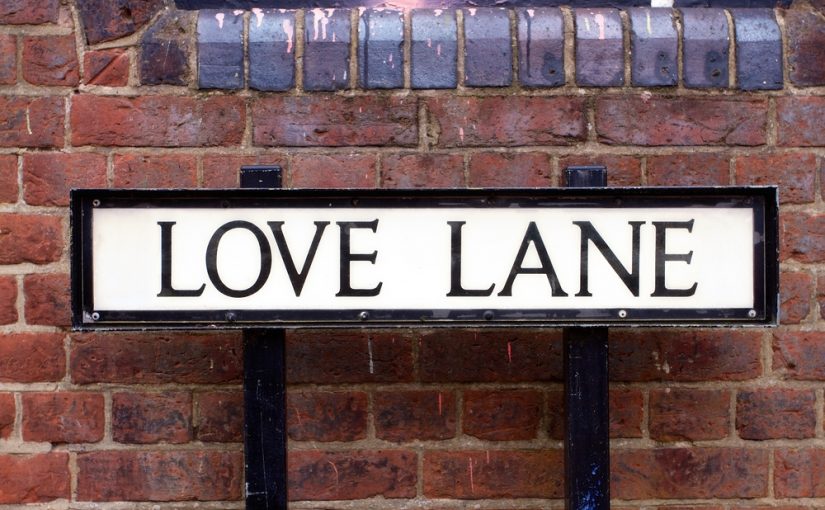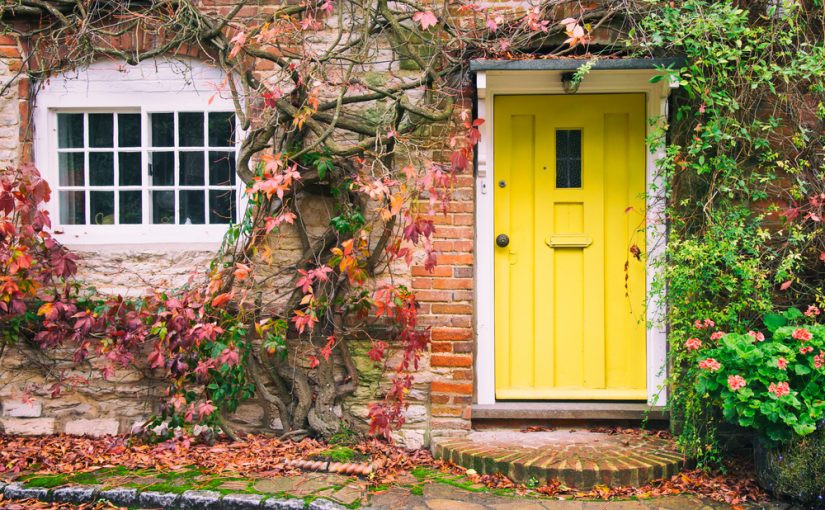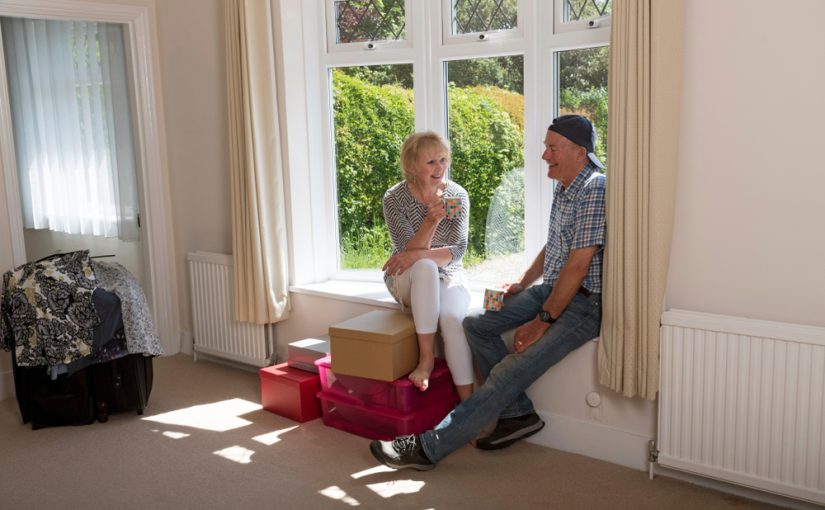As the temperatures begin to sink and the days begin to shrink one thing is for certain – winter is upon us. Along with the shorter days and colder temperatures come the wintery pleasures of warming up alongside a roaring fire, long walks in the country and crisp, frosty mornings. However, it’s also important to remember that the winter months can have a harsh effect on our homes, causing problems for heating systems and external fixings alike. Follow this list of tips to prepare your home for the chillier months, and to ensure that your main concern this winter is the choice between a cup of tea or a warming hot chocolate.
Pipe dreams
As the temperatures drop, the water in your pipes can freeze causing them to burst and for major damage to be caused to your home. In order to avoid this, keep an eye out for any gaps in external walls as the cold air could reach the pipes and encourage them to freeze over. Sealing over any gaps in external walls, as well as adding insulation around vulnerable pipes in areas such as the loft and garage could mitigate this problem. Further to staying vigilant to external wall gaps, keeping your heating on a low-level (around 4 degrees) – even when you’re away from your home – will maintain a consistent temperature around pipes, thereby avoiding the problem of pipes freezing over.
Boiler spoiler
When was the last time that you had your boiler checked? A poorly maintained boiler wastes energy and costs more to run, as well as running the risk of leaking carbon monoxide into your home. Having your boiler serviced will reap rewards in the long run, as well as giving you peace of mind in terms of safety and efficiency. Naturally, one of the key components of your boiler system are your radiators – a handy hint to maximise their efficiency is to put kitchen foil behind them for the heat to be reflected back into the room they are in.
Fill the gaps
Around a quarter of the heat lost from your home escapes through the loft, and therefore having good loft insulation is key to staying warm this winter. As well as the loft space, cavity wall insulation can make a real difference to keeping your home warm and energy bills low – with a typical saving of £145 per year saved on energy bills simply through having insulation installed. In terms of cost, there are a number of government grants and subsidy schemes available to help you with the initial outlay of insulating your home and staying warm this winter – so do your research and stay warm for less.
The big switch
If you feel that your winter energy bills are high despite your best efforts to prepare your home for the cold months then give your energy supplier a call and have a chat about being allocated a more cost-effective tariff. Remember that you will never experience a disruption in service if you decide to change suppliers, so feel free to shop around and find the best deal that works for you. You can use online comparison tools as well as literature direct from suppliers to find the most competitive energy rates and offers, so turn up that thermostat and get extra cosy!
Down the drain
As the leaves fall from the trees, drains and gutters can easily become blocked with debris, causing build-ups of water which could make its way into your home in the form of damp. As the temperature drops, these leaves are prone to freezing which can weigh down your guttering and damage external structures. Ensure that your drains and gutters are debris free by checking lower-level guttering on your property and clearing these out by hand as safely as possible – if the lower-levels are blocked then higher levels may also require a closer inspection.
Fife Properties Managing Director, Jim Parker commented: “Winter is a time of year that’s sometimes unpredictable. We have seen 4 seasons in one day on occasion, but the key is to be prepared. Our property management division often takes increasing calls over this season for boiler breakdowns etc. The key is to make sure we can respond quickly and often we do, which is why we have won letting agent of the year 8 times.”
If you’re thinking of letting your property you can book a FREE initial consultation today at the following link https://www.fifeproperties.co.uk/property-valuation/












